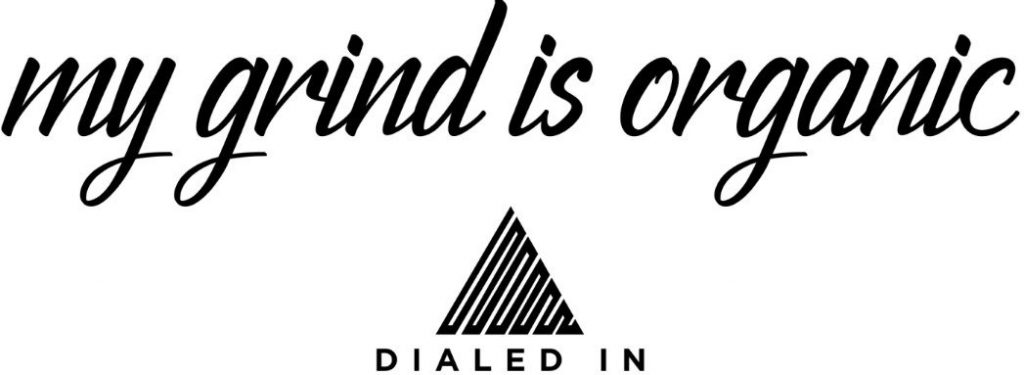The Truth About Carrageenan
Our Goal? To provide clarity amidst the controversy.
What is Carrageenan? Carrageenan is a generic term referring to a family of linear polysaccharides. Meaning there is not just one Carrageenan but several. A polysaccharides is simply a ‘carbohydrate’. The three carrageenans most sought after commercially are iota-carrageenan, kappa-carrageenan, and lambda-carrageenan.
What is Carrageenan used for? First let’s answer this with the fact that carrageenan has zero nutritional value, none. It is used as a food additive, not for its nutritional value which there is none, but for its experiential value. The experience that a consumer will have eating a product filled with carrageenan is the basis for using carrageenan. It functions as a bulking agent, a glazing agent, a thickener, a stabilizer, a moisture preservation agent, carrier, emulsifier, gelling agent, to improve palatability, improve appearance, prevent separation, improve texture, improve solubility, restore tenderness in meats, and used as a fat substitute. All experience related. Welcome to the world of processed foods.
Where is Carrageenan used? Cottage cheese, Ice cream, Custards, Coffee creamers, Flavored milk, Milkshakes, Sorbet, Relishes, Whipping cream, Cheese, Mouse, Pudding, Fruit/Water gel deserts, Low-fat salad dressings, Low calorie jellies, Drink mixes (powdered lemonade, fruit punch, etc., Low-fat mayonnaise, Tofu, Fresh-cut packaged fruits, Beer, Infant formula, Canned pet food, Fish, to name a few. In nonfood applications it is found in air freshener, odor-absorbing gels, toothpastes, cosmetics, pharmaceuticals (i.e. pill coatings, and drug capsules) sexual lubricants, and topical microbicides.
Where does Carrageenan come from? There are five main types of edible red seaweed species only four of them contain carrageenan they are;
- Chondrus Crispus Irish Sea Moss
- Gigartina Sea Moss
- Eucheuma Cottonii Sea Moss
- Kappaphycus Alvarezi The Elkhorn Sea Moss
The ONLY Sea Moss species that DOES NOT CONTAIN carrageenan is;
- Gracilaria Sea Moss
What does Gracilaria contain? Agar, also derived from Polysaccharides agarose and agaropectin, is also found in the cell walls of Gracilaria Sea Moss. It also has very similar characteristics of carrageenan just without the potential harmful effects of carrageenan. The health benefits of agar are numerous. It is a good source of calcium, iron, and is rich in iodine and trace minerals. It is very high in fiber and therefore aids in digestion and carrying toxic waste out of the body. Agar is also known to reduce inflammation.
What is the controversy regarding carrageenan? In the past decade, researchers have identified several ways in which food grade carrageenan causes harm. The chemical structure of carrageenan affects the body in several ways. Most notably, it triggers an immune reaction, which leads to inflammation in the gastrointestinal system. Prolonged inflammation is a precursor to more serious diseases, colitis, IBS, rheumatoid arthritis, including cancer. Degraded carrageenan also known as poligeenan is not allowed in food, but scientists have raised concerns for decades that the use of food grade (undegraded) carrageenan also causes harm. A convincing body of scientific literature shows negative effects caused by food-grade carrageenan. Moreover, scientists are concerned that the acidic environment of the stomach may “degrade” food grade carrageenan once it enters the digestive system, thus exposing the intestines to this potent and widely recognized carcinogen. Chronic inflammation is a root cause of many serious diseases including heart disease, Alzheimer’s and Parkinson’s diseases, and cancer.
Where does My Grind Is Organic’s position stand? Luckily we are in a position of not being forced to take a position as there is no controversy regarding the Sea Moss species of Gracilaria that we offer to our customers. Having said, that being a company that condones striving to ‘eat clean’ as best as one can, recognizing that living a WFPB (Whole Food Plant Based) diet is the highest level of living healthy, which means we typically take a stance of one being better off on the ‘SAFE’ side. In this instance it’s difficult to not look self-serving here. But, we ourselves would rather not consume anything that has the potential of harming oneself. If one can choose an alternate source that is without harm or controversy that is what the team here at My Grind Is Organic recommends.
In summary there are advocates on both sides of the issues, both make good arguments for their point of views, but the word controversy itself means that there is no clear resolution of the truth and consumers are left in the middle of trying to decide for themselves.
Below you will find links to organizations that support both sides of the argument. You can dive in deep, read all the boring scientific and government lengthy suppostions.
Organizations Against Carrageenan
NOSB (National Organic Standards Board) Voted in fall of 2016 to remove carrageenan from the FDA approved national list.
https://www.ams.usda.gov/sites/default/files/media/HS2018SunsetReviews.pdf
https://www.ams.usda.gov/rules-regulations/organic/nosb
Cornucopia www.cornucopia.org https://www.cornucopia.org/wp-content/uploads/2013/02/Carrageenan-Report1.pdf
Organizations Supporting Carrageenan
USDA https://www.ams.usda.gov/sites/default/files/media/Carrageenan%20TR%202011.pdf
CBA formerly Grocery Manufacturers Association https://consumerbrandsassociation.org/about-us/
FMC (Chemical manufacture) https://www.fmc.com/en
Marinlg International (trade lobby group) https://marinalg.org/
References
https://www.sciencedirect.com/topics/agricultural-and-biological-sciences/eucheuma-denticulatum
https://www.sciencedirect.com/topics/engineering/gracilaria
https://www.sciencedirect.com/topics/agricultural-and-biological-sciences/chondrus-crispus
https://www.sciencedirect.com/topics/agricultural-and-biological-sciences/gigartina
Wikipedia
https://en.wikipedia.org/wiki/Chondrus_crispus
https://en.wikipedia.org/wiki/Gracilaria
https://en.wikipedia.org/wiki/Agar

